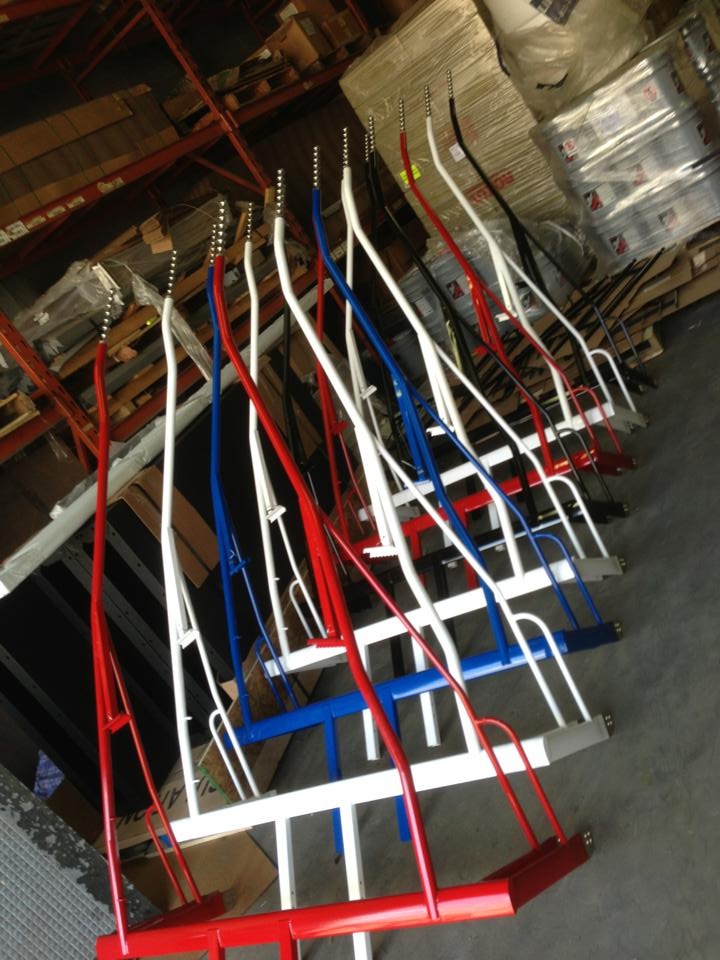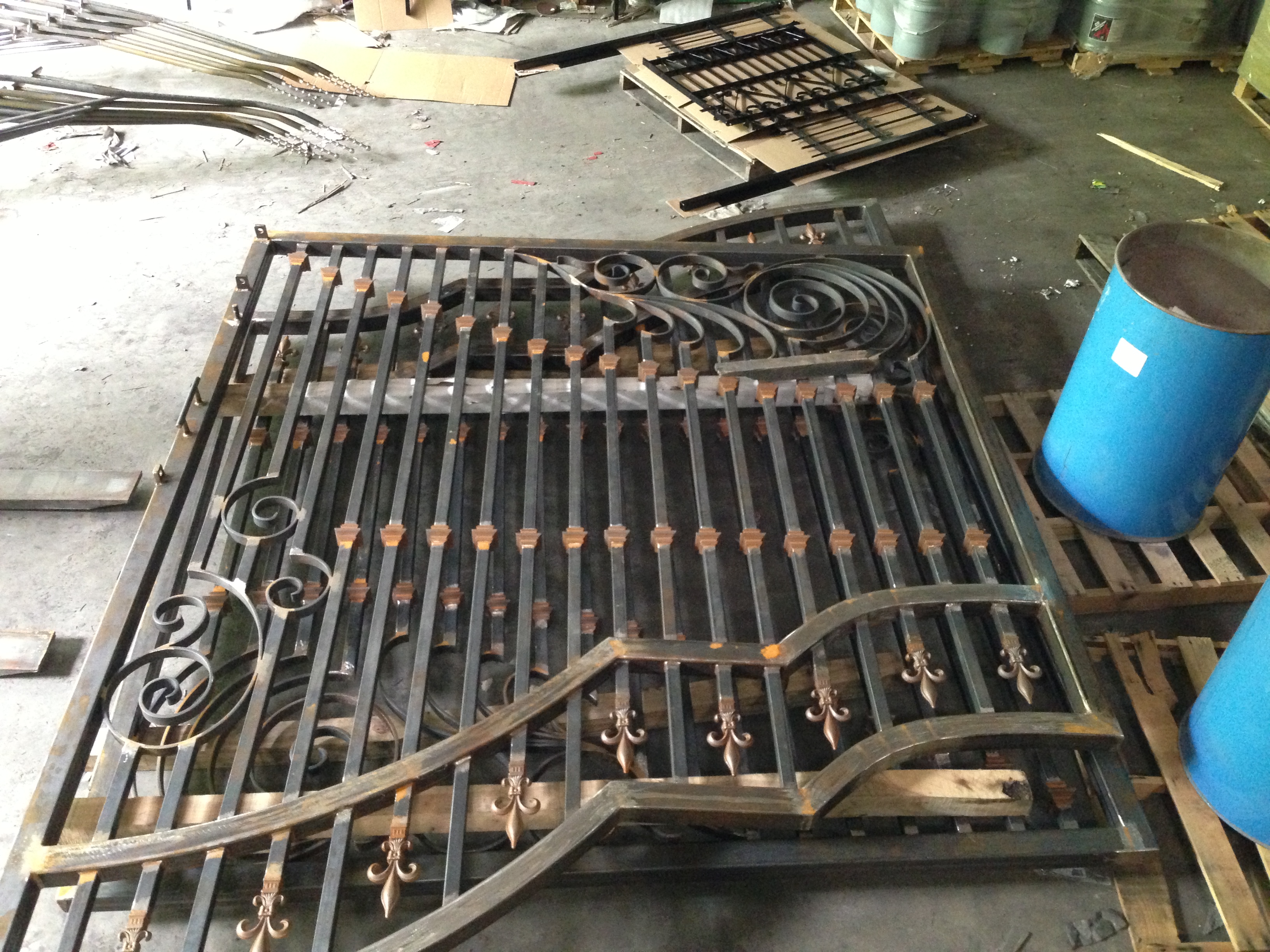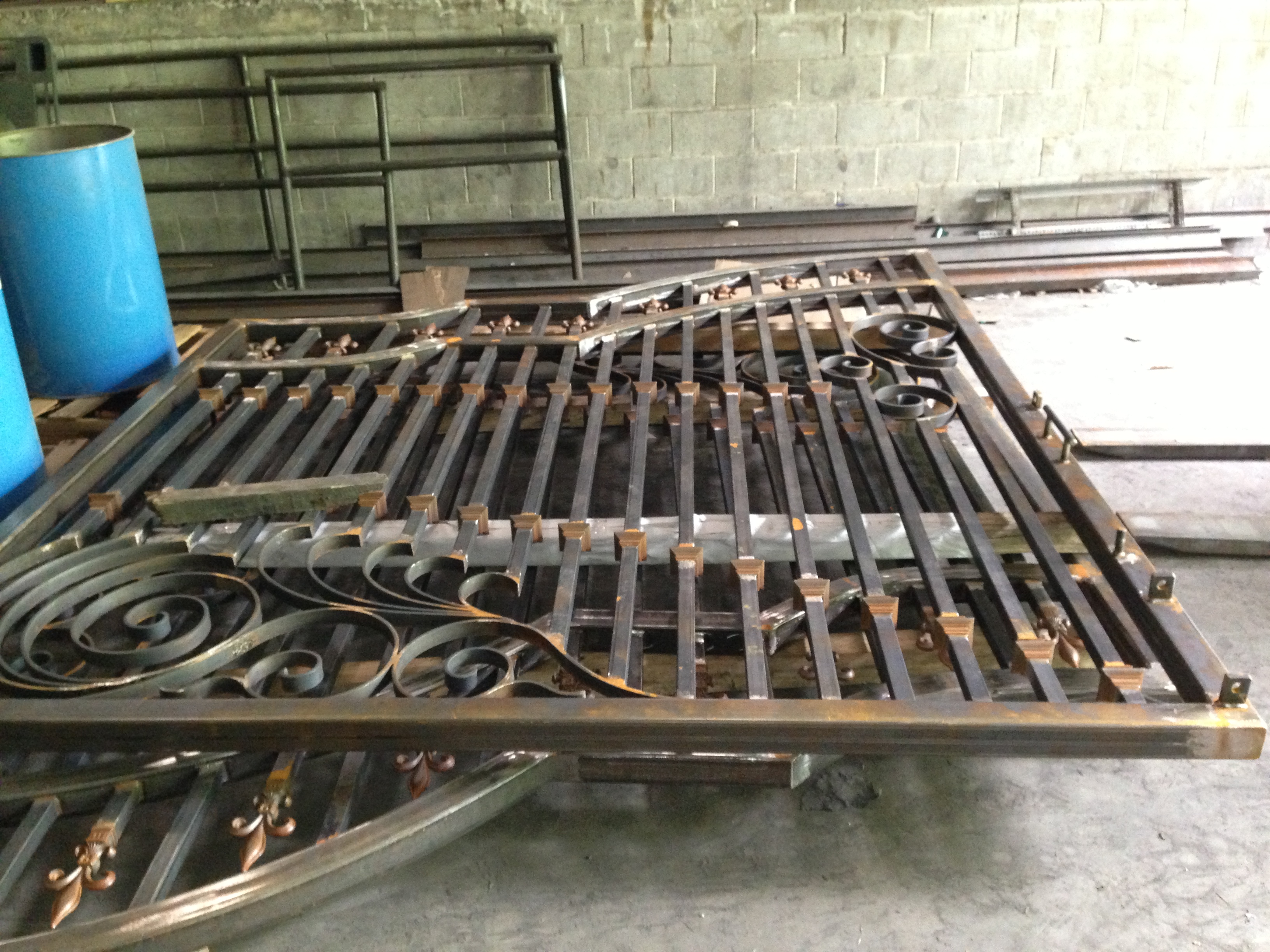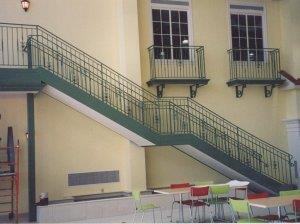Powder Coating Chemistries
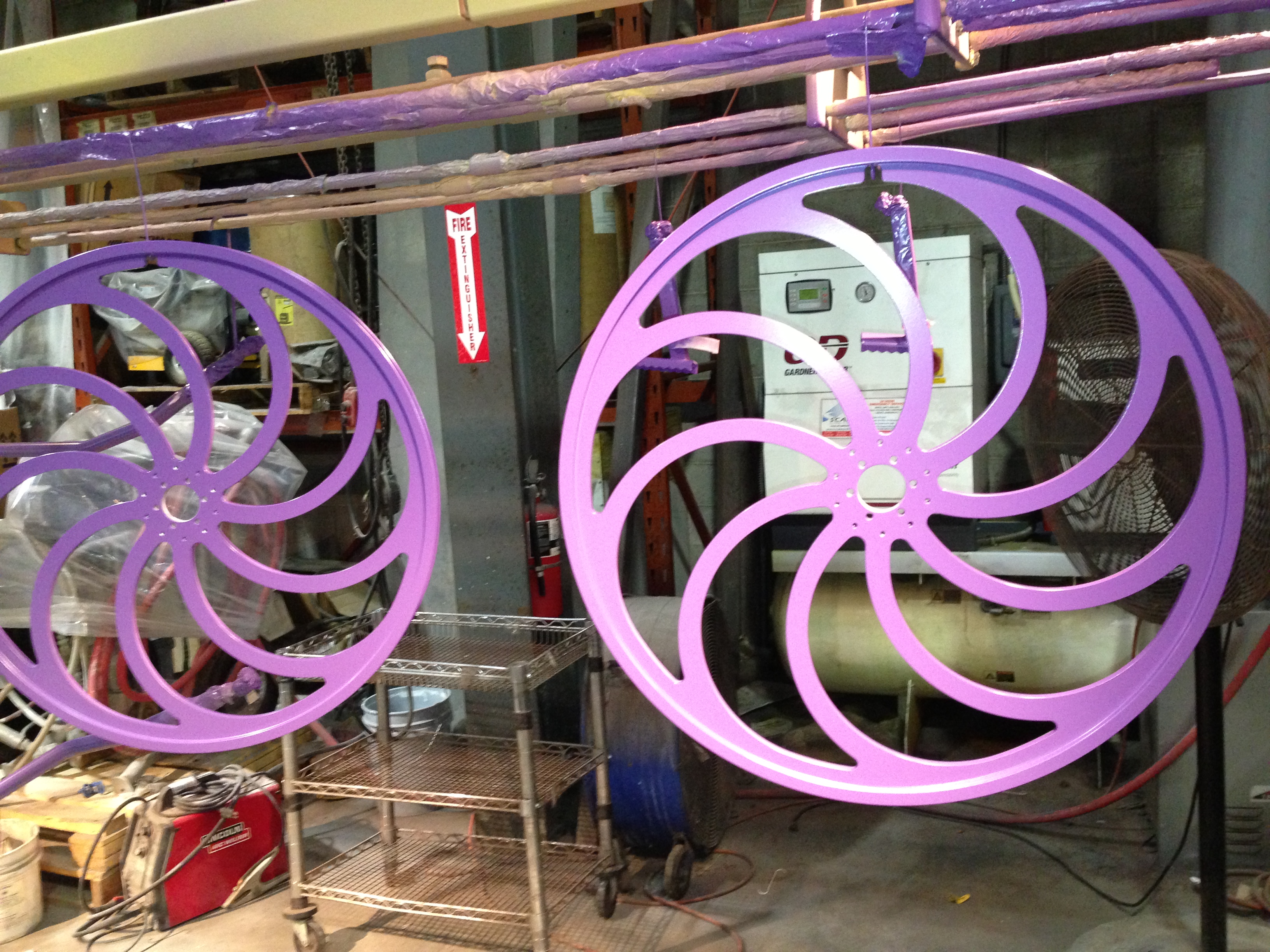
Unbelievable as it may sound, there are many powder coaters that make a job-fatal decision when they select the powder coating for the job. The choice of powder coating type and chemistry is often critical to the success of the job. Incorrect choices can cause a coating to fail almost immediately. Selection of the right powder is a frontline defense for product longevity.
Complaints and claims based on failures of products in the field are common for powder coating suppliers. Many of these failures result from insufficient surface preparation/pretreatment (or total lack of it) and insufficient curing of the powder coating on the substrate.
Quite often though, the mere competency of a coater to choose the right powder coating for the job leads to failure. As powder coating professionals, we must all evaluate a powder coating against the expectations of the customer and be aware of the geographic location and other conditions in which the finished product will be installed or used.
Before we talk about specific powder coating chemistry choices, we want to reiterate that, by common thought, we cannot turn a powder into what it is not. Often, coaters feel that they can think a problem away. What we mean by that is that, if we took an interior-rated hybrid powder coating and thought about it really hard, threw a penny in the well of despair, clicked our heels and wished that this powder coating would be good and would hold up to UV exposure outside, we are simply going about things the wrong way. The part will fail.

How does a shop choose the proper powder coating for a job? Besides educating itself on the chemistries, there are five basic steps to take to ensure proper selection and help guide customers properly.
First, shops should educate themselves. By reading and studying different powder coatings’ chemistry data sheets, you will easily be able to determine what powder coatings are best to meet the expectations of your customers.
Second, a shop should develop a strong relationship with its powder coating supplier. Powder coating suppliers understand powder coating chemistry limitations and performance expectations. The shop should develop a partnership and include the supplier in critical powder coating selections.
Third, shops should not allow their customers to simply choose powder coatings by color out of any random chart provided to them. The shop is the expert and must steer the customer in the right direction, helping them select a powder coating that will give them the performance they require.
Fourth (this one is frequently found lacking in the market), shops should communicate with the customer and find out where the job will be installed. Simply asking this one question can alleviate many future failures. Often, when we ask a coater this question, we are hit immediately with “I don’t know!� Knowing this fact alone can dramatically change a shop’s powder choice—and the job outcome.
Fifth, shops should pay close attention to specifications and follow them. If the specification calls for a certain powder coating that can withstand oceanfront exposure, know that a simple one-coat application of standard polyester is not going to be sufficient. Make a proper recommendation.
Are you ready to take the five steps? We must begin by explaining the basic chemistries available in the market today. We’ll cover the basic advantages and key disadvantages that each one of these possesses. Moving forward, some key groupings of exposure must be understood. Examples include accelerated weathering, salt fog and moisture, chemical resistance, flexibility for post-cure bending, and durability (both physical and exposure-related). There are others. These are especially important to people writing specifications for products. If they are not completely understood, products can and will fail.
Thermosetting Powder Coatings
Polyester powder coatings. Polyester resins are, for the most part, the workhorses of the North American powder coatings market. More than 60 percent of the market uses polyester-based powder coatings, which hold up very well to standard outdoor exposure. Polyesters give the coater a broad application field, but let’s not confuse this with oceanfront exposures in one coat or elevated levels of weatherability.
Polyester/TGIC (triglycidyl isocyanurate). If we look at chemistry, the primary choice is still polyester TGIC, although polyester TGIC-free powder coatings are gaining ground more and more. Polyester TGIC is a very robust powder system with a huge spectrum of application possibilities and effects.
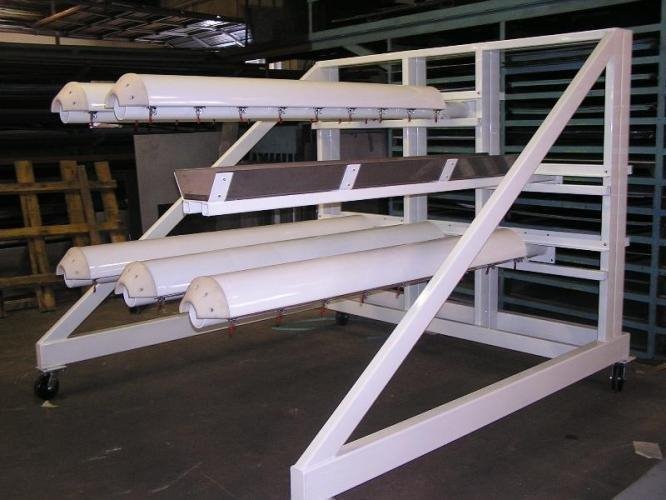
Polyester/TGIC-free. These powder coatings are the primary chemistry that has been in use for more than 15 years in Europe. They have some distinct advantages and disadvantages. Advantages include easy application with high first-pass transfer efficiency, excellent storage stability, very smooth surface and low-temperature-cure applications. Disadvantages include film thickness limitations because of the small percentage of water that needs to evaporate during cure. This is part of the chemical reaction occurring and, with smart formulation, a lot of this can be counteracted. It tends to appear in applications requiring very heavy film builds.
Polyester/isocyanate. Polyurethane coatings, as they are best known, are used for exterior applications. One of their major benefits is that they allow the formulation of more stabilized low-gloss powder coatings (low flat and matte) for exterior application. Polyurethanes also show better chemical resistance than standard polyester TGIC products and are used for anti-graffiti coatings. Slower cure is part of this chemistry because of de-blocking of the isocyanate hardener. Unfortunately, that results in some VOCs during evaporation of the blocking agent.
Super-durable polyester resins have grown immensely in the U.S. coatings market throughout the past 5–10 years. They now command much of the Coastal and Southern U.S. markets because of their elevated color and gloss retention. In harsh conditions, these materials can out-perform standard polyester resin systems in terms of color stability and gloss retention.
When considering super-durable technology, be sure you are comparing apples to apples, and check the specifications of the technologies offered. A super-durable polyester powder coating requires a special polyester resin and must meet AAMA 2604-05 (five-year Florida weathering specification). The mechanical properties of these coatings are a little lower than those of standard polyester powder materials, but much is gained with outdoor durability and robustness.
Fluoropolymer powder coatings. Fluoropolymer resins are considered the “Cadillac� in exterior weatherability and UV stability in the powder coatings world. Most often, these materials go head to head with liquid Kynar-type coatings with extended warranties. Specifically tailored for the architectural market with exceptional outdoor durability and high chemical resistance, these coatings give long-life protection to any substrate on which they are applied.
Epoxy powder coatings. Epoxy is an interior-only formulation, and yes, that means even with an exterior-rated clear coat on top. The epoxy resin system does not even hold up to basic UV testing and exposure, and will chalk very quickly. The strength of epoxy lies in its ability to hold up well to chemical exposures, salts and other normally corrosive exposures that other coatings have a hard time combating.
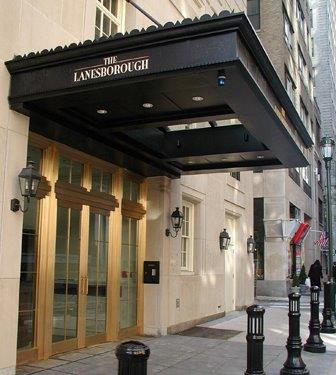
One of the primary functions of epoxy powder coatings is to add a strong protective primer layer under a polyester coating to dramatically increase salt spray resistance. Other applications for epoxy systems include pipeline and concrete rebar because of their flexibility and corrosion-protection properties.
Hybrid powder coatings are a mixture of both polyester and epoxy resins or polyester and acrylic resins. Hybrids are mainly for interior applications, most commonly applied to furniture. One common misunderstanding is that the polyester added to the epoxy/polyester hybrid makes the powder more weather-resistant. This is not the case. The epoxy-coated part will start chalking very quickly with loss of gloss and change in color.
Acrylic powder coatings are used primarily in the automotive sector as clear coat materials. Acrylics make for a very smooth clear coat with exceptional clarity. They also provide a very hard surface that is highly chip-resistant. These types of glycidyl methacrylate (GMA) acrylics are highly contaminating and should not be sprayed side by side with other powder coatings. Separate powder booths and air are a must in an enclosed area to avoid contamination, which will result in craters in the finish of parts using the other powder chemistries.
Silicone powder coatings. Silicone resins are a complicated matter. Most often, this resin system is used for high-heat applications. There are different levels of silicone technology.
The first levels of silicone resins are often not silicone-based at all, but rather modified polyester resins. This level typically gives the resin a stabilized exposure temperature as high as 400–600°F (204–316°C). It will allow spike temperatures in the area of 800°F (427°C) for a short period of time.
The second level of silicone resins can range in exposure from 600 to 800°F (316–427°C) and will allow spikes to temperatures around 900–1,000°F (482–538°C). The third level would be a 100-percent-silicone system that can be used with decent success at 1,000–1,100°F (538–593°C). It must be understood that these coatings do not allow for longevity in weatherability and are critical in their adhesion.
A common issue with silicone powder systems is failure of the pretreatment during curing. Iron and zinc phosphate pretreatments often fail at temperatures higher than 400°F (204°C). Most silicone powder coatings require curing at temperatures above 400°F (204°C) for an extended amount of time.
Other Considerations
When comparing powders (supplier 1 vs. supplier 2, and so on) shops must be very careful to consider options. Several issues that arise in comparing powder coatings can be filler level, specific gravity and color itself.
Fillers. Most powder coatings available on the market contain fillers. Fillers such as calcium carbonate are used to control viscosity and are a necessary part of the formulation. However, suppliers can “dumb down� powder coating technology by adding excessive amounts of fillers to reduce the product cost and quality.
Whether fillers are added to meet profit margin requirements or to fulfill the cost demands of a large-volume order, the volume of fillers used in a powder coating matters a lot to the outcome of your job. How? Excessive filler loads can more rapidly wear down a gun, hoses and powder pumps, thus increasing the finisher’s per-part costs. Material Safety Data Sheets (MSDS) can speak volumes if written correctly and understood.
Specific gravity (SG) is the density of a formulation relative to water weight. Powder coatings range in SG from approximately 1.2 to 2.0. A powder with an SG of 1.2 is going to be much lighter and typically easier to fluidize and spray than a powder with an SG of 1.7. This allows for a more even film build, resulting in fewer rejects and potential errors.
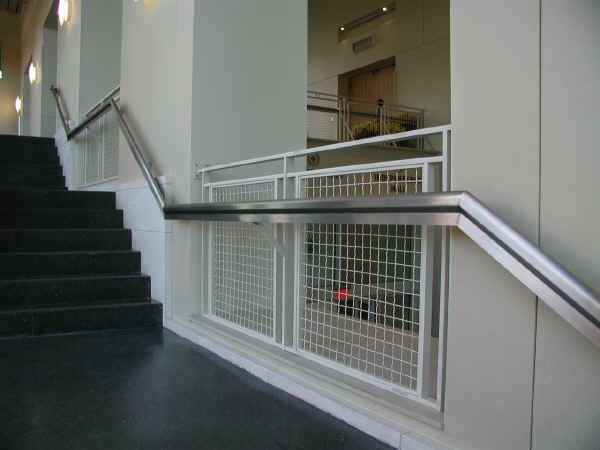
The other gain from using lower-SG powder coatings is the ability to cover more part area with the same amount of powder. So, despite a lower powder price per pound, a material with higher filler content and therefore a higher SG will cover fewer square feet and thus may have a higher total cost.
Bonded vs. non-bonded metallics. There are different methods available to make metallic powder coatings, and finishers should take care when comparing metallic powder technologies.
One method is dry blending, which is mixing of the powder with metallic pigments. The loose mixing of base powder and metallic pigment can result in differences in charging characteristics, and due to differences in particle size and shape, will likely result in separation of powder and metallic pigment during transport and application. This, in turn, can cause color shifting on the part during application and also makes the metallic powder non-reclaimable.
Bonded metallic technology, however, allows for powder particles to marry with metallic flakes. It therefore allows the powder coating to be sprayed through the guns uniformly, so that parts have an even visual appearance without color shifting. Bonded metallic powder coatings also have no separation of particles during transportation or reclaim. Metallic effects produced using a bonded technology appear much nicer, and far more vibrant and uniform than those of dry-blended powder coatings, coming very close to the results only liquid paint colors could offer in the past.
As mentioned previously, all these products are thermosetting powder coatings. This means that two or more components react chemically to form a new chemical network during curing. Flexibility, surface hardness and chemical resistance all are impacted by the crosslink density of the cured powder material.
Thermoplastic Powder Coatings
Another group of powder coating materials that make up about 5–10 percent of the powder market are thermoplastic powder coatings. Thermoplastic powder coatings differ from thermosetting powder coatings mainly in the fact that no chemical reaction occurs during curing. Thus thermoplastic materials can be reclaimed and re-melted to be applied again.
Thermoplastic powder coatings are most frequently applied by fluidized bed application—that is, dipping parts into a container of powder coating that is fluidized by a flow of air blown up through the container. These types of coatings have a much coarser particle size than thermosetting powder coating and are therefore normally not sprayed with powder coating guns.
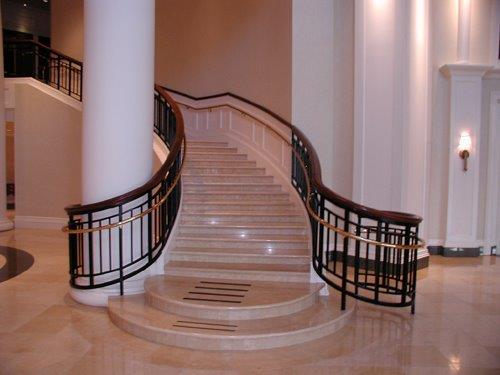
After application, thermoplastic powder coatings melt in the curing oven and develop into a solid film upon cooling. Repair of thermoplastic powder coatings is relatively easy and can be accomplished by simply re-heating and re-melting the coating. As mentioned, no chemical reaction occurs during curing, allowing the powder coating to be re-melted. One of the drawbacks of thermoplastic powder coatings is relatively low surface hardness.
Most applications for thermoplastic powder coatings are in aggressive chemical environments. One particular area of use is valves. Following is information on some of the more common thermoplastic powder coatings used in today’s market:
Nylon-based powder coatings. Nylon is still the most common thermoplastic powder coating because of its resistance to abrasion and chemical exposure. Applications can be found in medical instruments, where cleaning by autoclave is required, as well as dishwasher baskets and so on.
Polyolefin-based coatings are based on polypropylene or polyethylene resins. They have a soft, almost waxy feel. Adhesion is an issue for these coatings even on sandblasted surfaces, and outdoor application is not recommended. Copolymers are used to improve adhesion and, with the correct primer, applications can be found in the pipeline business as insulation coatings.
Vinyls. PVC-based coatings have a good water resistance and, with a proper primer, can be used in such applications as dishwasher baskets. Surface hardness is limited, and the surface scratches easily.
PVDF (polyvinylidene fluoride) resins are normally used in liquid systems to create very high-performing architectural coatings. In powder coatings, PVDF resins are mainly used in applications requiring very high chemical resistance. Valves, pipelines and other equipment in the chemical industry are often coated with PVDF powder coatings. A primer is recommended for adhesion.
Good information is always needed to choose the right finish for the application. By using this overview and steps for select-ing the right powder for the right application, shops should be able to avoid costly mistakes.
Edited by Karl Rijkse and Montaha Hidefi, 2013.
